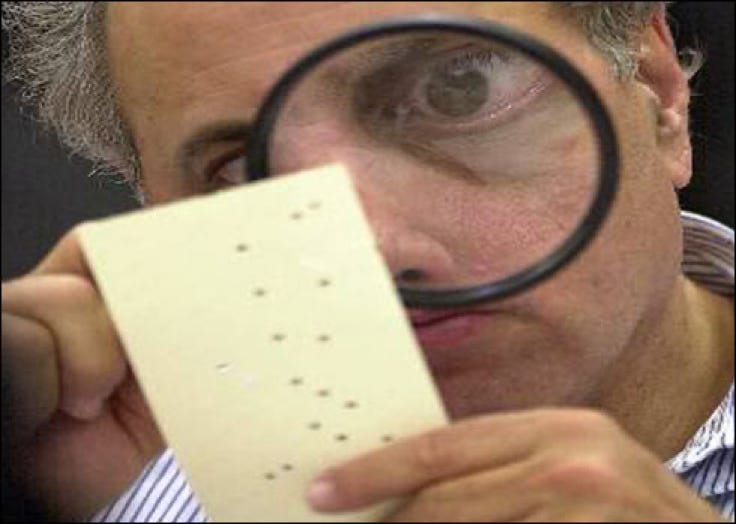Last week, as part of my Voting Rights Academy, I walked through the history of strict-photo ID laws in America: 1) the fact that no states required them twenty years ago, 2) the first test case that emerged from Indiana (which could not cite a single instance of in-person voter fraud in its history), and 3) the explosion of photo-ID laws around the country ever since.
One disturbing detail I shared with those taking the course that I want to amplify more broadly is that, as I explain in the video above, Ohio recently passed the strictest photo ID law in the nation (only accepting four types of photo IDs as valid, and requiring that they not be expired). As with the original Indiana law, there was no evidence of in-person voter fraud taking place in Ohio—indeed, Ohio officials regularly brag about how clean Ohio elections are. On the other hand, estimates are that around 900,000 Ohioans lack these now-required IDs, and that this group disproportionately comprises Black and young voters.
But beyond guesses and estimates, Ohio recently experienced the very real and pernicious impact of that new law.
Specifically, Ohio’s special election in August provided a test case of the new restrictions. And what we saw was a disturbing spike in ballots being thrown out for legitimate voters whose votes would previously have been counted.
Several reports found the same trend in multiple counties:
Comparing the number of ballots thrown out in November 2022 and August 2023, one newspaper found a sharp increase in ballots tossed out in a number of SW Ohio counties, including Montgomery, Butler, Warren, Clark and Miami Counties. In Montgomery County (Dayton), for example, only 17 ballots out of 4,096 cast in November 2022 were tossed out due to lack of a proper ID. In August, that number was over 10 times(!) as high—192 rejected out of 1,872 provisional ballots cast.
The same pattern occurred in Cuyahoga County (Cleveland), where the percentage tossed more than doubled, from 8.6% in November 2022 to 17.6% in August.
In Lorain County, west of Cleveland, the number of provisional ballots tossed almost tripled. It typically hovers around 10%. In August, it was 28%.
The board of elections in Lorain County dug into the reason that its number jumped so much. And the answer they discovered was plain as day, and entirely predictable.
It was not that Lorain County voters suddenly showed up to commit in-person voter fraud. They hadn’t.
It’s not that most of these folks had failed to presented a driver’s license. They had.
It was simply that that those IDs had expired, and not been renewed.
In ‘22, those votes would’ve counted. These voters were not trying to pull fast ones. In ‘22, they could’ve verified their identification on that provisional ballot in any number of ways. But now, those same votes are tossed because the photo ID (most will have a driver’s license) voters must now show has expired.
Just another example of how adding strict new barriers to voting suppresses real votes while doing nothing to secure elections where in-person voter fraud has not been a problem.
NEXT CLASS…..Bush v. Gore
Does seeing this picture give anyone the nightmare it still gives me?
Hanging and dimpled chads…butterfly ballots…Palm Beach County….Pat Buchanan.
Maps with red states and blue states and question marks on them.
Our next Voting Rights Academy class will dive into the infamous Bush v. Gore case—the controversial election of 2000, the case that ended it, the choices the Court majority made to get there, and the implications that still resonate today.
It’s a big topic, but my suggestion to dive in is simply to read the case itself HERE. Brace yourself.






The Nation's Strictest Photo ID Law